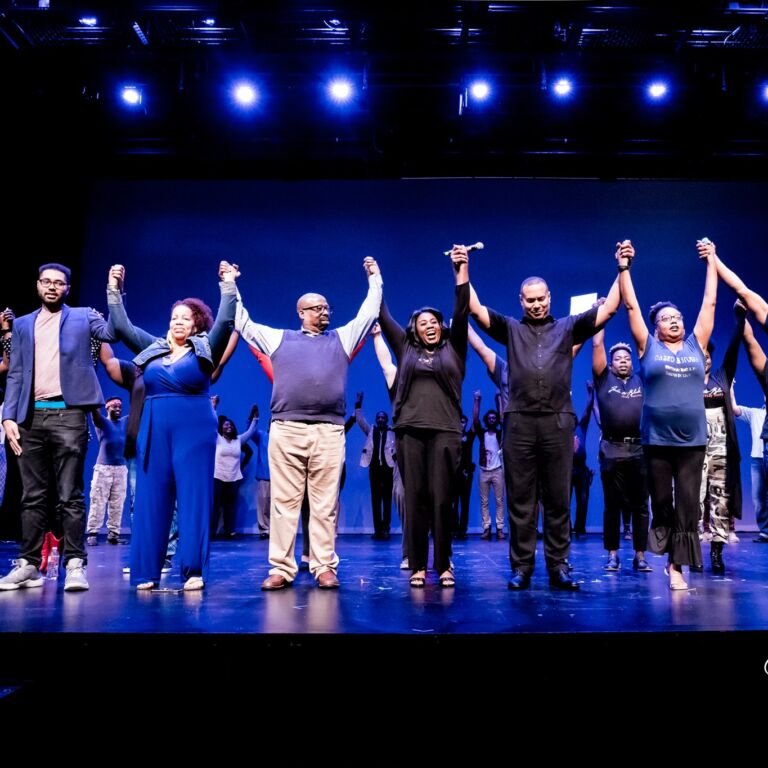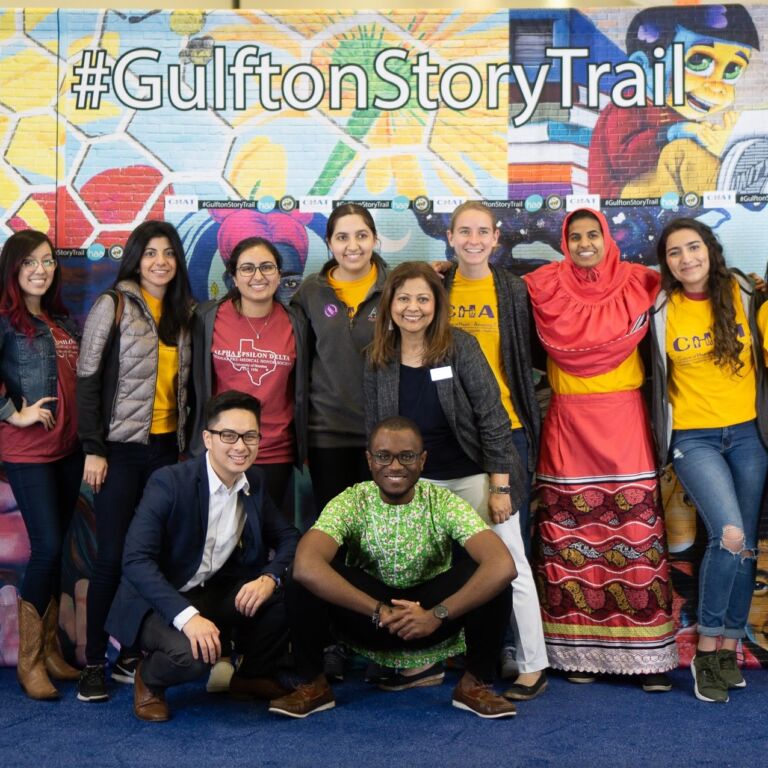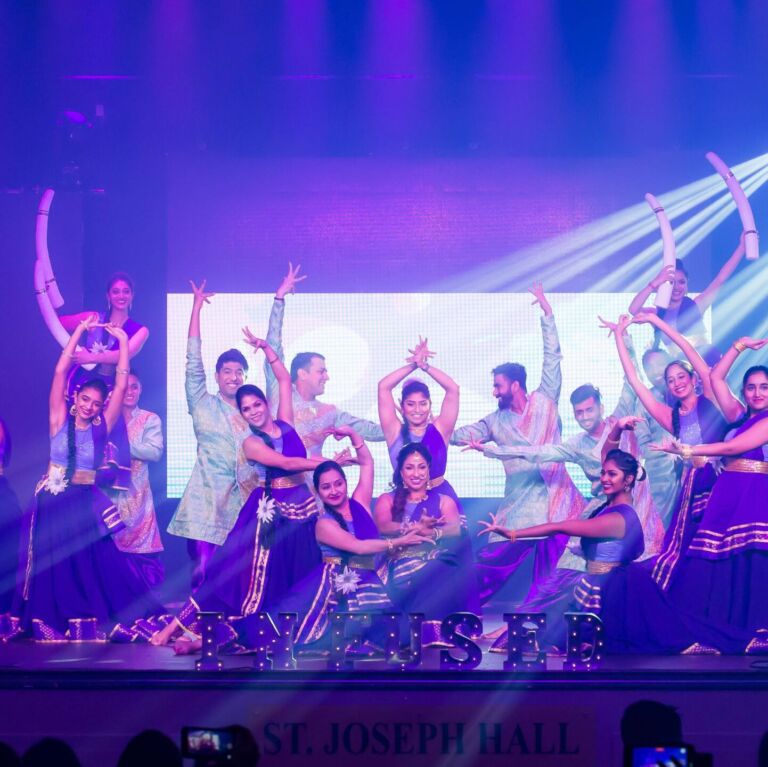Despite its efforts and impact, BANF experienced many challenges trying to work within our current systems while simultaneously changing them. BANF’s aim is to continue experimenting within our current context to address these challenges, shared below.
The Non Profit Industrial Complex (NPIC) limits who can receive funding and how:
Not all groups want to be 501(c)3s because of the structural constraints, but foundations are typically set up to give to 501(c)3s only. BANF prioritized funding emerging collectives via fiscal sponsorship, and limited the amount fiscal sponsors could take to cover their administrative fees (limited to 10%).
Fiscal sponsorship is becoming increasingly important to support individual artists and arts collectives and yet there still is more work to do to ensure they are supportive and accountable (part of the emerging ecosystem that needs attention), and to ensure others in the funding system will work with fiscal sponsors.



BANF Brought Recognition and Legitimacy to BIPOC Art and Artists
More resourced network nodes were funded: One reason for this is that these groups had more knowledge of funding systems. The largest amount of grants went to 501(c)3 organizations versus those fiscally sponsored (individuals/collectives).
44% of grantees reported operating budgets less than $50K which means many groups have little access to capital, and several grantees—including many Latinx grantees—were artists who had no bank accounts or other financial infrastructure. Most organizations that both applied and received funding were located in Harris County, which is historically more resourced by philanthropy than other Houston counties.
The grant size methodology focused on one metric:
Grants ranged from $5K to $50K and were based on budget size, a typical model for grantmaking that doesn’t take into account other salient factors.
Narrative and culture change is needed for organizations to see themselves in philanthropic funding offerings:
While the need for the larger arts institutions and funders to see the full value of BIPOC arts, artists and culture, there is also a shift needed to grantmaking narratives so that the broadest range of BIPOC arts and culture workers see themselves in the descriptions of support. Despite BANF’s efforts to push this narrative, some artists, arts/culture organizations, community organizations still didn’t “see” themselves in the BANF grant offerings so some additional education, framing, relanguaging is needed at BANF and beyond.
Bridging and reframing language for connecting across a multi racial, ethnic, and linguistic network is needed:
A profound engagement with Spanish-language dominant Latina/o/x/e artists requires articulating an orientation to this demographic (which the term BIPOC does not do). There is still much to learn about the racial, ethnic, generational, and economic make-up of the arts ecosystem.


